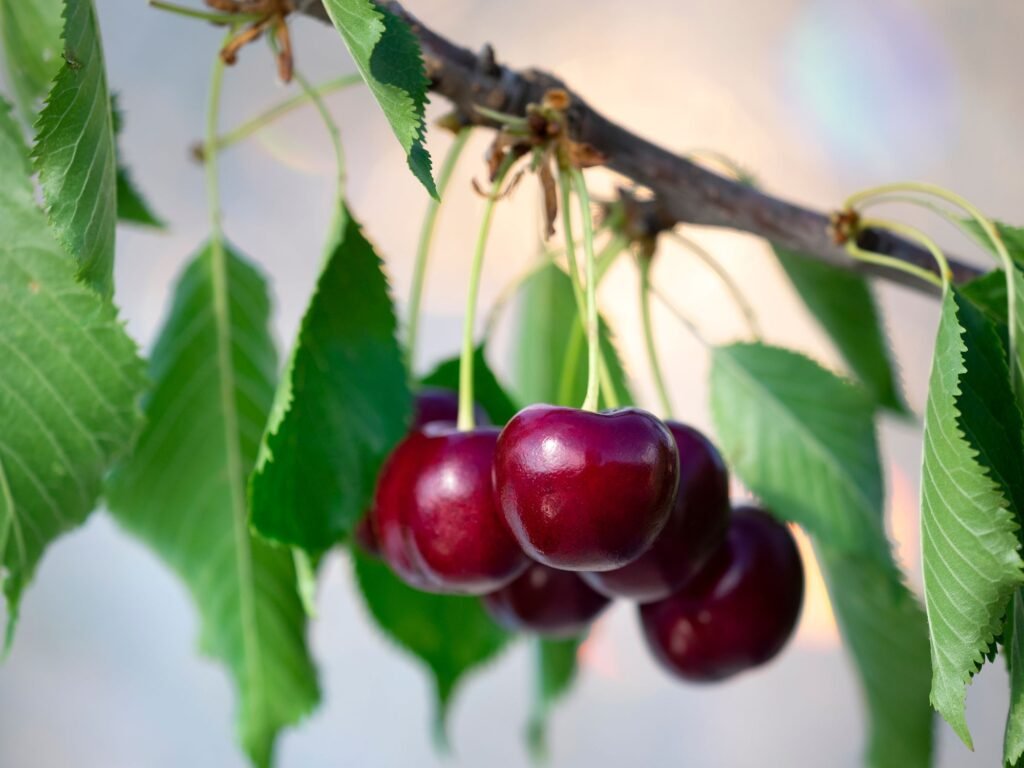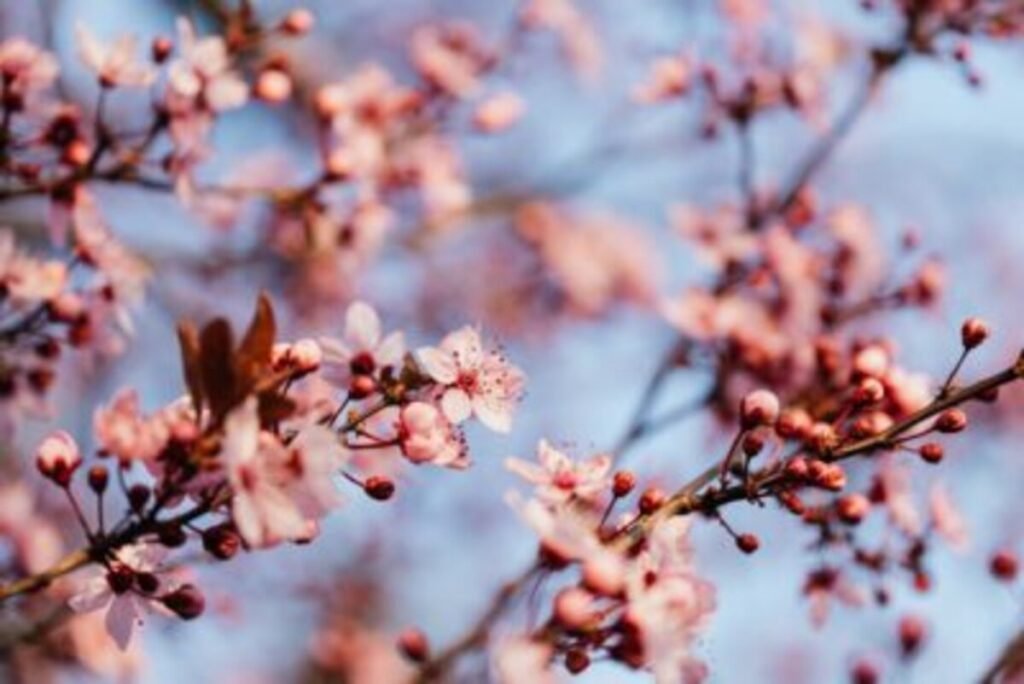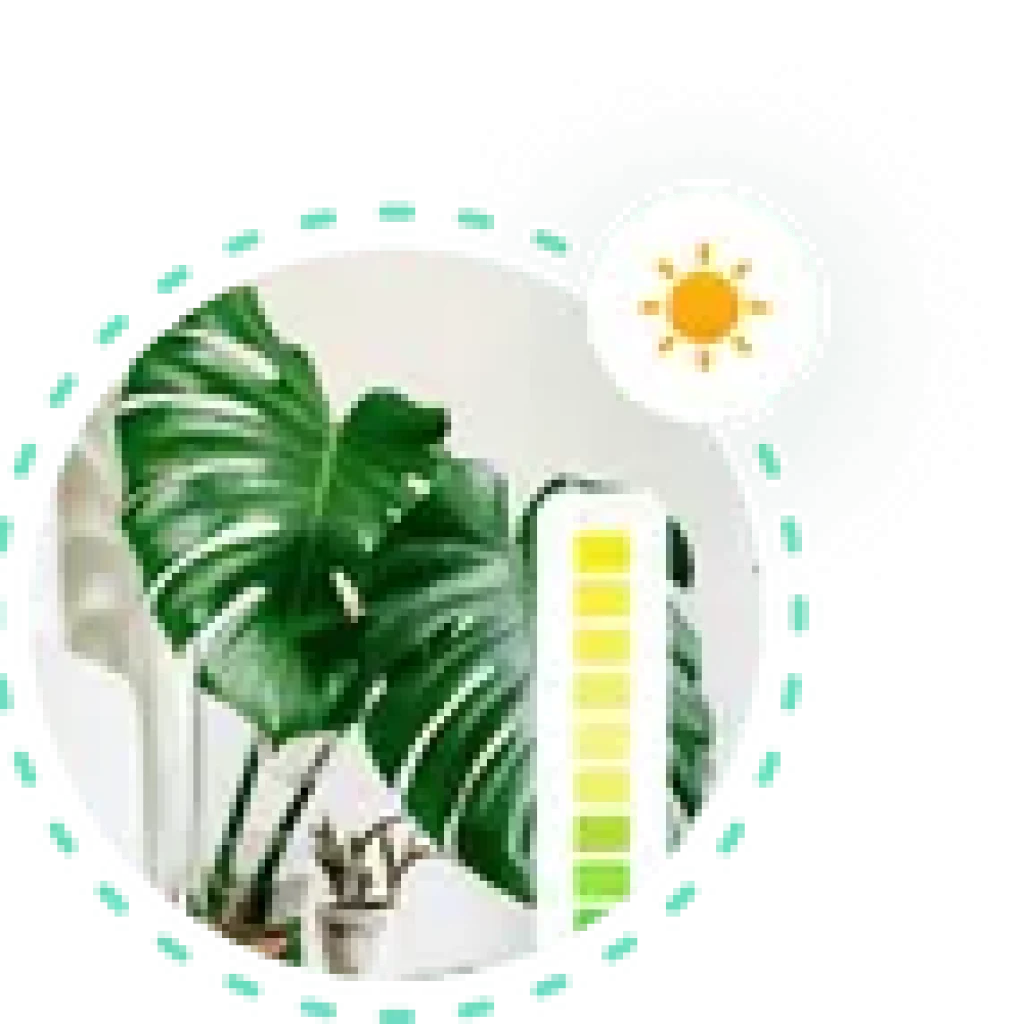Cherry: definition, how to grow it, diseases, care for it
Introduction to cherries
With their delicious fruits, beautiful spring blooms and bright fall foliage, cherry trees are an asset to any garden
- . Cherries also contain plant compounds that may fight cancerous tumors
- Eating tart cherries daily can help your muscles recover faster after exercise
- Cherries are also a good source of:
Vitamin B6
Potassium
magnesium

Basic care guide
There are two main types of cherries: sweet cherries (Prunus avium), which are delicious eaten fresh and best grown in a sunny location, and acid cherries (Prunus cerasus), which are excellent for cooking and grow well in sun or partial shade.
- There are many varieties of each type, producing either red, black or yellow fruit
*Some of the most common cherry varieties include:
- Bing: It is dark red in color and has a sweet taste with a touch of acidity. These cherries are perfect to eat fresh as a snack.
- Queen Anne tastes bitter
- Original home : Europe and Western Asia
- Nickname
The word “cherry” comes from the French word “cerise,” which in turn comes from the Latin words cerasum and Cerasus.
Platoon Rosaceae

The amount of water needed
- Young cherry trees, especially those that have just been planted, require consistent, thorough watering to establish their root system. During the first 2-3 years, it is important to provide regular irrigation, preferably using a slow and deep irrigation method, such as using a soaker hose or drip irrigation.
- Mature cherry trees also require regular watering during dry spells or hot periods (check the soil moisture around the cherry tree regularly to make sure it is not too dry or waterlogged).
- It is best to water cherry trees early in the morning so that their leaves dry before the evening, which reduces the risk of fungal diseases.
Suitable lighting for him:
Cherry trees should receive between 6 to 8 hours of direct sunlight daily. Below this the trees will struggle to grow and bear fruit. Cherry trees do best when planted in a location that receives 12 or more hours of full sun per day.
- Fertilization care, how it is done, and what are the best elements for growth
- Cherry trees thrive when macronutrients such as nitrogen (N), phosphorus (P), and potassium (K) are present. Nitrogen helps encourage vegetative growth (leaves and branches). Phosphorus encourages root and flower growth. Potassium/potash is responsible for the effectiveness of the cherry tree's natural resistance to diseases
- You can hold off on fertilizer until your cherry trees start producing fruit (average: 4-7 years for sweet cherries, 3-5 years for tart cherries). If your new cherry trees do not grow several inches of new green growth during the growing season, consider fertilizing starting the following spring.
- Use a low-nitrogen fertilizer in early spring, about two or three weeks before the tree flowers…
- Apply a low-nitrogen fertilizer in small amounts two weeks before buds appear in early spring.
- Molybdenum helps fix nitrogen in the soil. Copper and zinc prevent color spot and leaf deformation. Calcium is another essential micronutrient that cherry trees feed on and which improves the quality of leaves and fruit.
Suitable living conditions
An area where minimum temperatures in winter reach 10 degrees Celsius or less. Most cherry types require about 500-700 hours of winter cold to break dormancy and flower.
The cherry tree prefers fertile, well-drained loamy soil with adequate moisture. However, waterlogged, sandy or excessively heavy calcareous soil should be avoided because cherries are susceptible to root rot.
- Cherry trees prefer soil with a pH of 6 to 7.
- To prepare the soil, plow the soil to a depth of 30-40 cm (12-16 inches). This is intended to destroy perennial weeds and loosen the soil in order to facilitate the establishment of roots and the growth of young cherry trees. In some cases, he may apply organic fertilizer (0.2-0.3 tons per hectare or 0.08-0.12 tons per acre) before planting. This will improve the soil texture and increase its fertility


Find out what light your plants are actually getting.
Find the best locations for them to improve their health, simply using your phone.
Most diseases attack the crop
- Black Knot: Hard, black swellings or knots that may extend 1 to 6 inches across the tree. Treatment: Prune 3-4 inches below the knot during the dormant season. Sterilize all pruning equipment. Burn or bury all infested materials. Remove cherry trees that have severe infection.
- Brown Rot: No treatments. Trim any affected parts of the tree using sterilized pruning tools 4 to 6 inches below the sunken dead tissue.
- Powdery mildew: Avoid early irrigation as this may lead to high rates of early powdery mildew. Use fungicides.
- Necrotic ring spot: Remove trees that show symptoms to prevent it from spreading to other cherry trees
Pruning
- It needs little pruning unless you find a dead branch. However, if disease becomes a problem, prune affected branches, or selectively prune branches after flowering to increase airflow to help fight fungal diseases.
- Pruning brings benefits to it, including the following: aerating the tree’s branches, as a rich external appearance for the tree... obtaining abundant, high-quality fruit production early... increasing the tree’s lifespan and production.
- Suggested use:
- To eat its delicious fruits, enjoy the beauty of its flowers, or benefit from its hardwoods.
- The fruits of cherry trees are used in the manufacture of some types of cosmetics.
- The large cherry blossom tree is a popular choice for home and outdoor decorations
Fruiting stage
It usually begins producing fruit 3 to 5 years after planting
- Plant age
They can survive for over 60 years, but production usually declines significantly after 40-50 years.
- Plant height
The cherry tree can reach 4 to 15 meters (13.1 to 50 feet) tall.
- Flowering stage
Cherry trees bloom around April and produce fruit from June to August
- Suitable planting time
From November to March



